Ken Burns's photographic history of America - in pictures
By: the Guardian
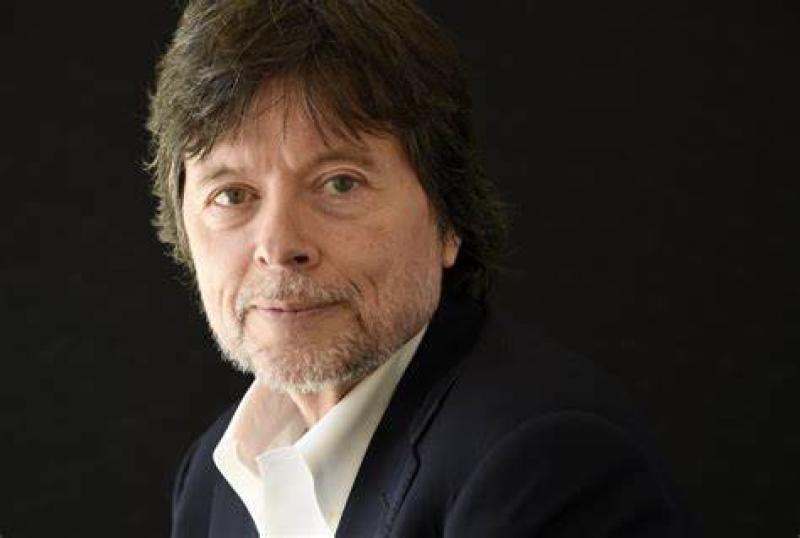


The acclaimed documentarian has assembled a book called Our America: A Photographic History which contains some of his favorite photographs of the US and the people within it. 'I've needed 45 years of telling stories in American history, of diving deep into lives and moments, places and huge events, to accrue the visual vocabulary to embark on this book,' he said
Main image: The inauguration of the Statue of Liberty in 1886. Photograph: Library of Congress
Fri 4 Nov 2022 01.03 EDT Last modified on Thu 10 Nov 2022 06.08 EST
- John Plumbe opened a daguerreotype studio in Washington DC, in 1845. Plumbe's three views of the United States Capitol form its first photographic record. The Capitol's original building was begun in 1791 and took 34 years to construct. When Plumbe photographed it in the 1840s, before extensive expansions had begun, it was a relatively simple building but one that had already been altered by at least four architects. [This caption was amended on 7 November 2022 to remove an incorrect reference to the Capitol building's location]
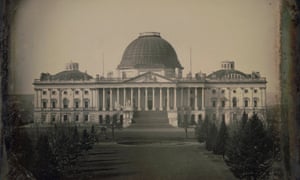
Photograph: Library of Congress
FacebookTwitter - A harvest of death, Gettysburg, Pennsylvania, taken by Timothy O'Sullivan in July 1863. The caption he wrote alongside read: 'It was, indeed, a "harvest of death." Such a picture conveys a useful moral: it shows the blank horror and reality of war, in opposition to its pageantry. Here are the dreadful details! Let them aid in preventing such another calamity falling upon the nation'
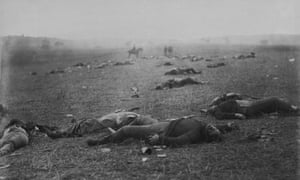
Photograph: Library of Congress
FacebookTwitter - A picture of the fourth company of Black soldiers at Fort Lincoln. It was the 1863 Militia Act that allowed Black men to become part of the army, although this was segregated. About 180,000 Black men fought in the Union army and 20,000 in the Union navy
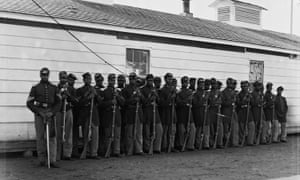
Photograph: Library of Congress
FacebookTwitter - One of the last portraits of Abraham Lincoln, taken on 5 February 1865 by Alexander Gardner, 10 weeks before his death. Lincoln was the first US president who used photography for political purposes. Gardner was a Scottish photographer who moved to America in 1856
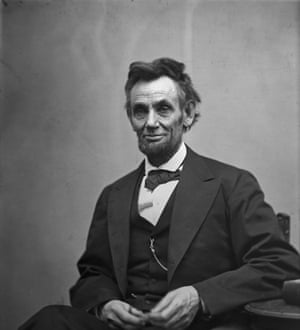
Photograph: Library of Congress
FacebookTwitter - Two girls standing together on beach, each with their left foot raised, circa 1897
FacebookTwitter
Photograph: Library of Congress
- On 28 October 1886, Frederic Auguste Bartholdi unveiled the Statue of Liberty in front of a crowd of about 1 million people. It became the tallest structure in New York City
FacebookTwitter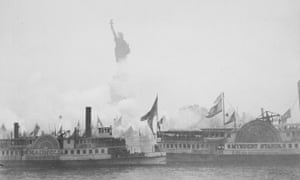
Photograph: Library of Congress - Mesa Verde Cliff Palace is the largest cliff dwelling in Mesa Verde national park, Colorado. It has over 150 individual rooms. This picture was taken in the 1890s by Gustaf Nordenskiold
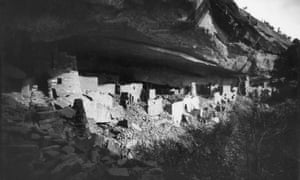
Photograph: Mesa Verde National Park Archives
FacebookTwitter - A subterranean shot of the Lexington Avenue station, which made a loop around City Hall, in the early 1900s. The New York City subway system opened in 1904. At the time, the Nation called it 'a slight transit improvement'
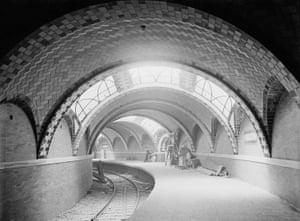
Photograph: Library of Congress
FacebookTwitter - Children going through Whitman Street dump, Pawtucket, Rhode Island, in November 1912. The photograph was taken by Lewis Wickes Hine, a sociologist and muckraker photographer. His photographs helped introduce the first child labor laws in the United States
Photograph: Shorpy.com/Library of Congress
FacebookTwitter - A blind street musician in West Memphis, Arkansas, 1935. The photograph was taken by Ben Shahn, who was part of the photographic group at the Resettlement Administration at the time, alongside Walker Evans and Dorothea Lange
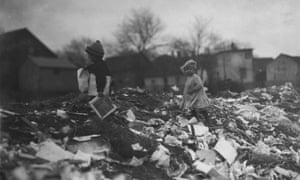
Photograph: 1935/Library of Congress
FacebookTwitter - A photograph known as Boy and Car taken in New York City, 1949 by Jerome Liebling. He grew up as a child of the Great Depression which led him to 'figure out where the pain was, to show things that people wouldn't see unless I was showing them
FacebookTwitter
Photograph: Jerome Liebling


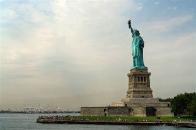


I don't care for his political views, but he has stimulated an interest in US History.